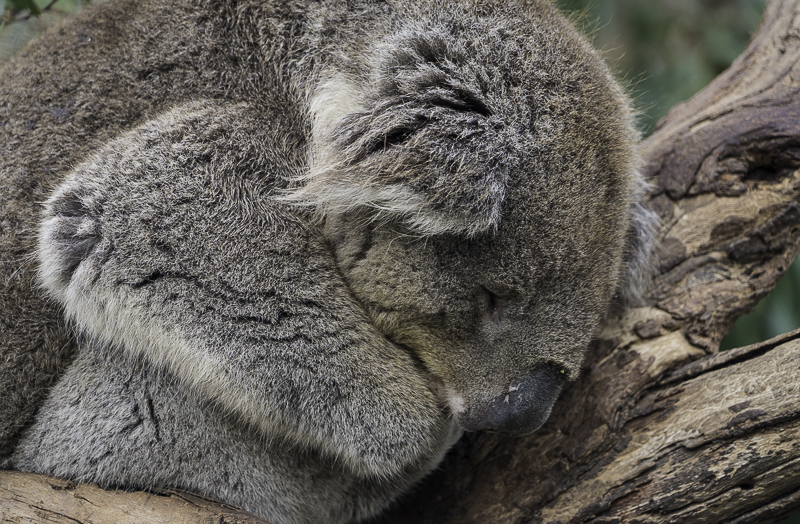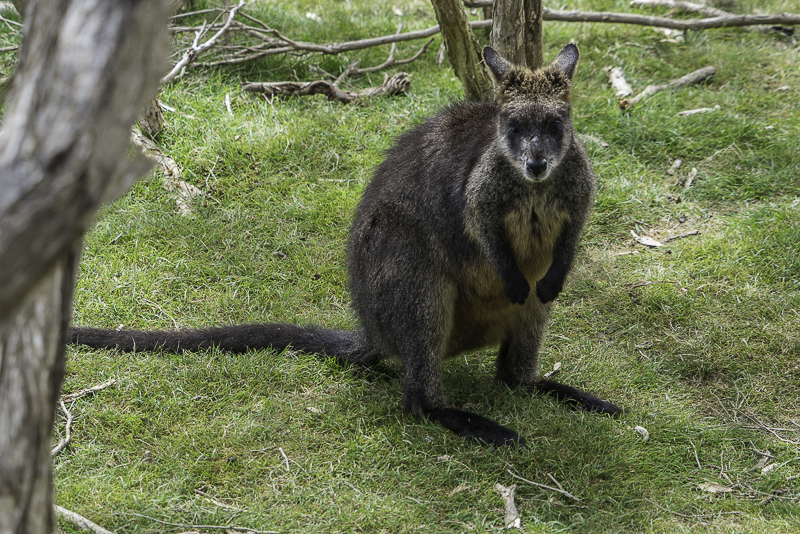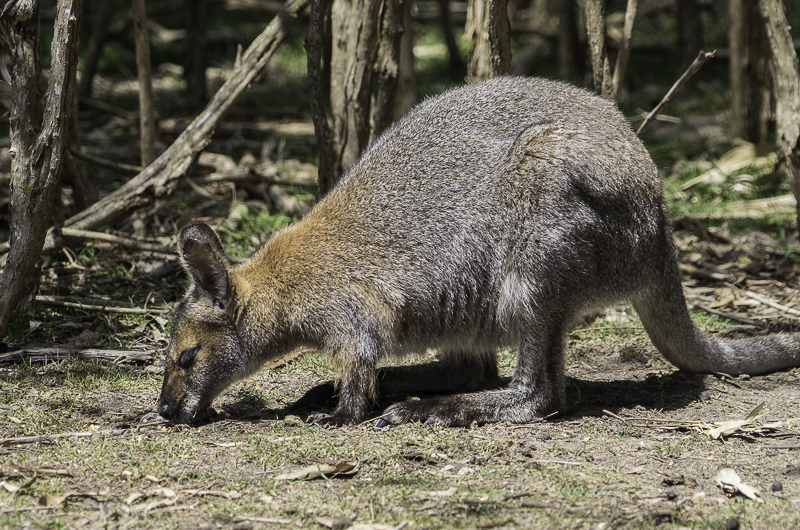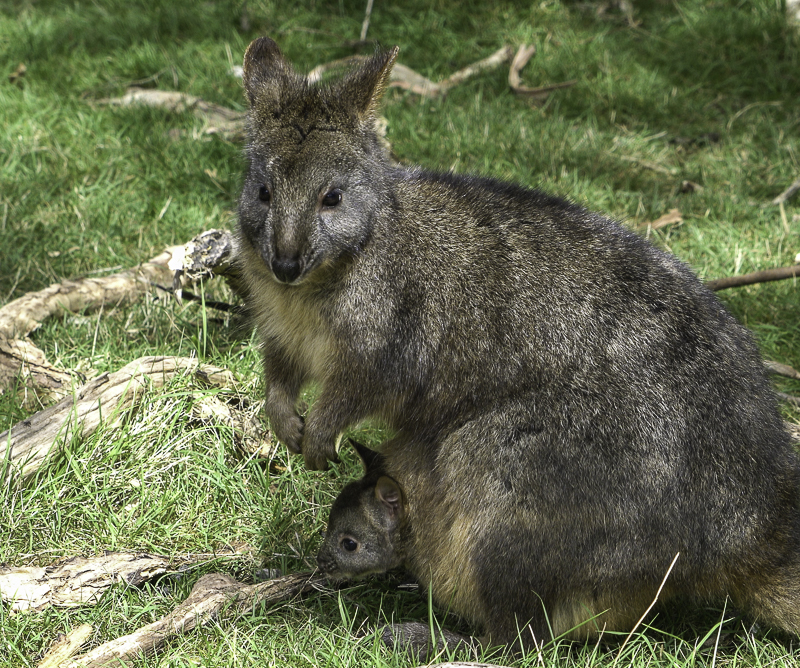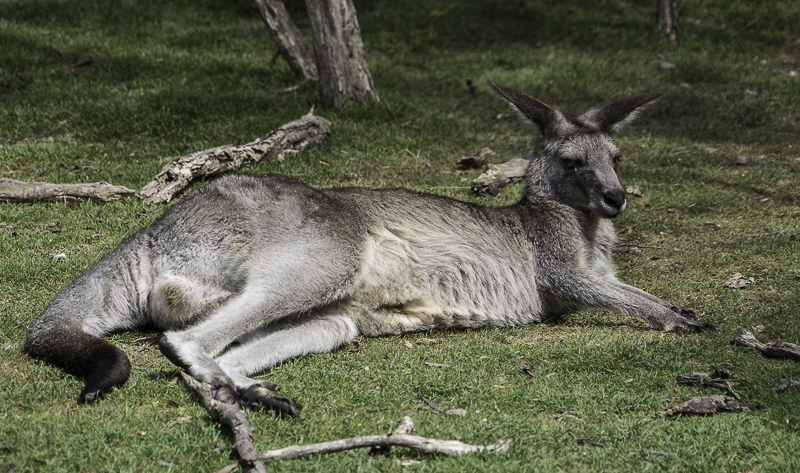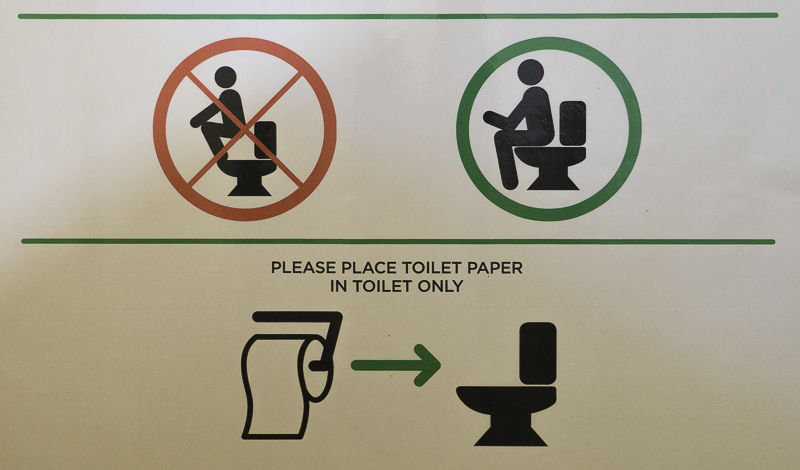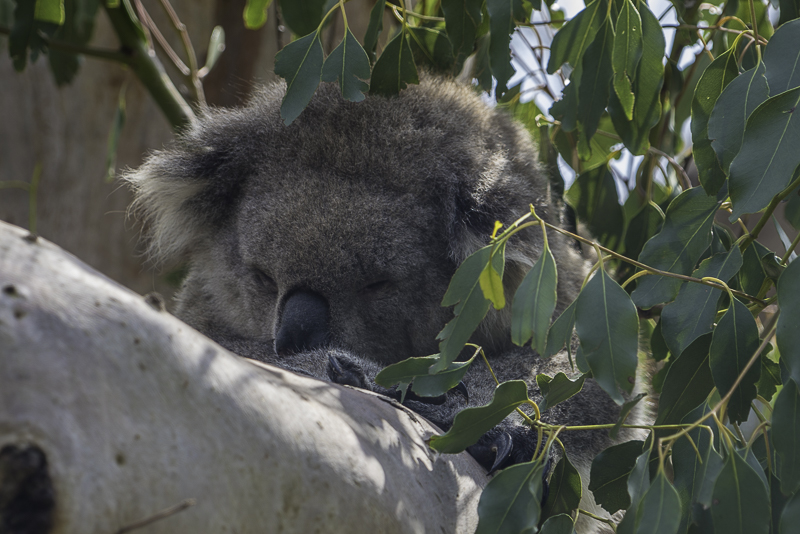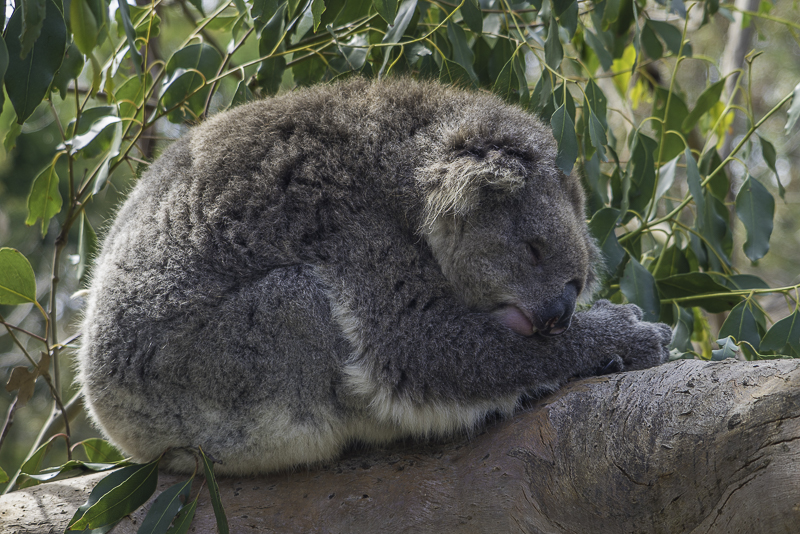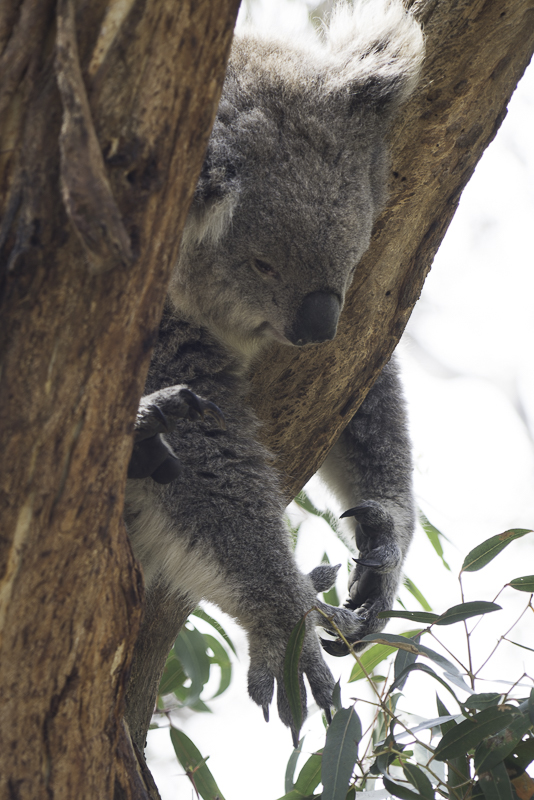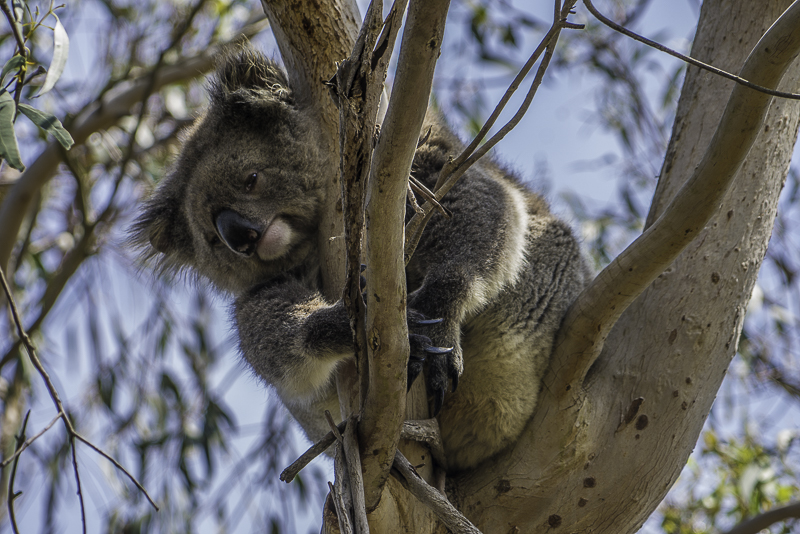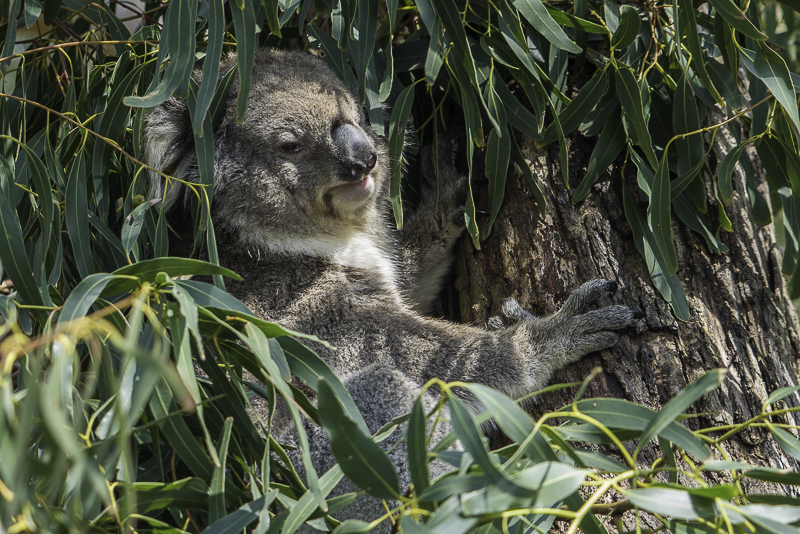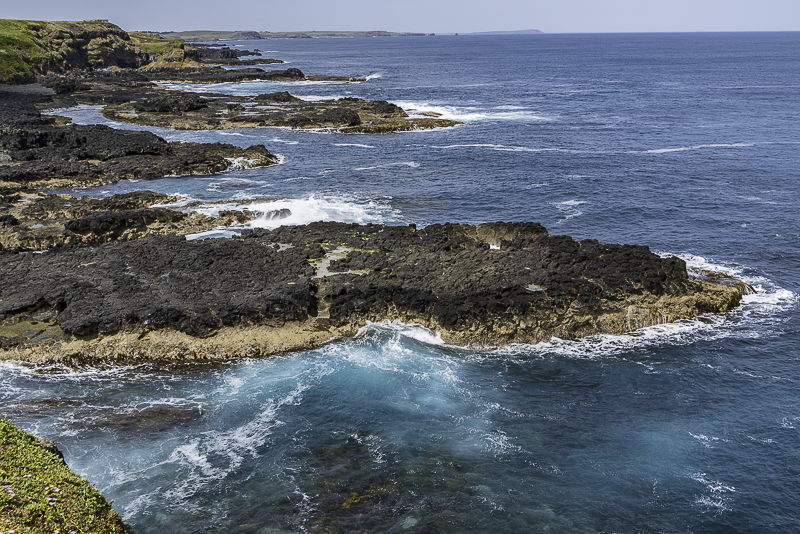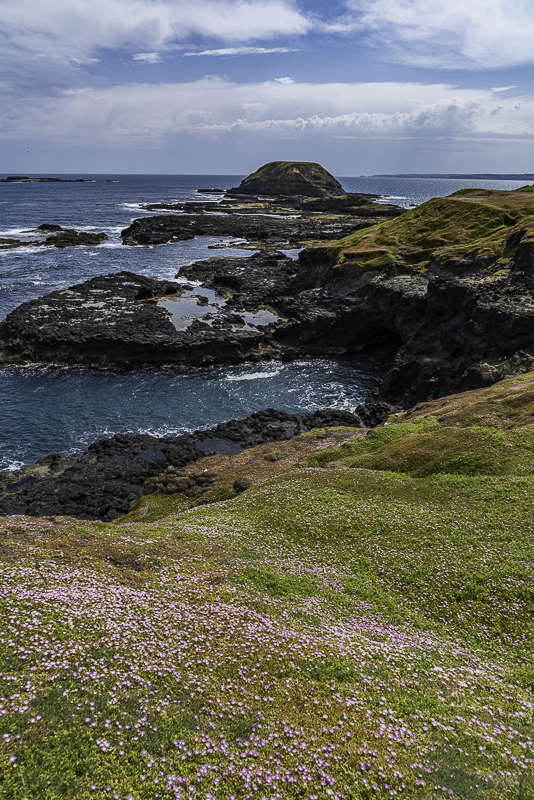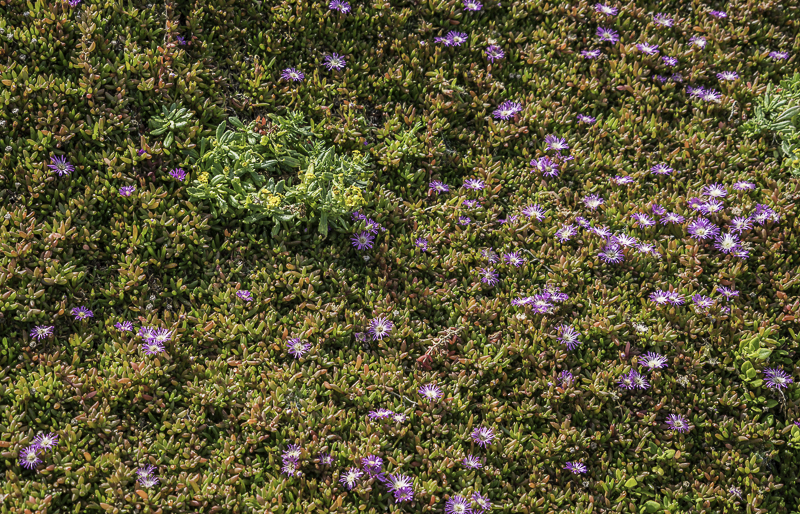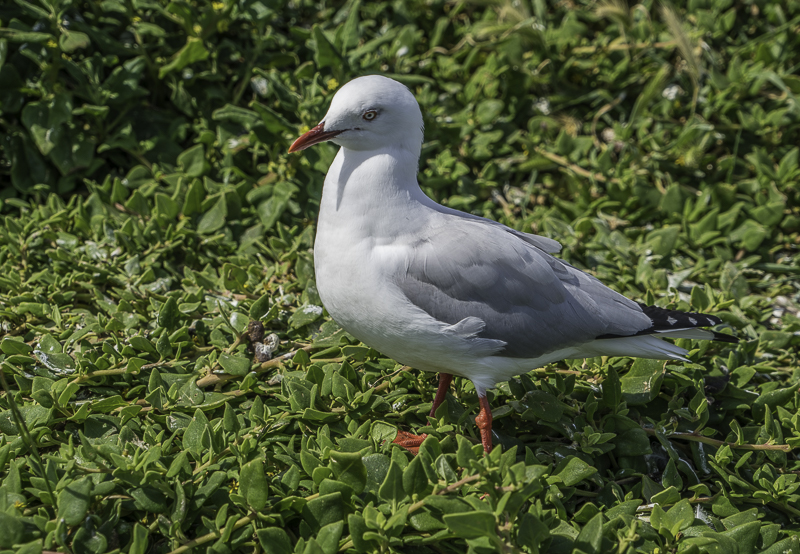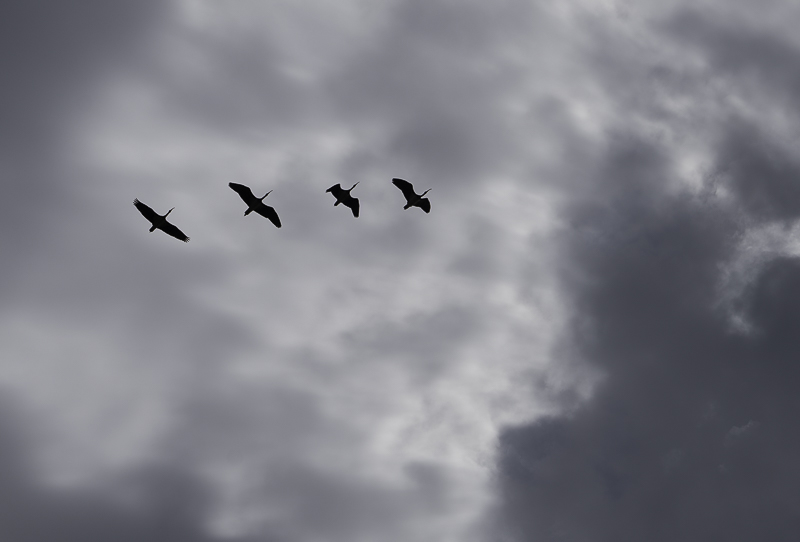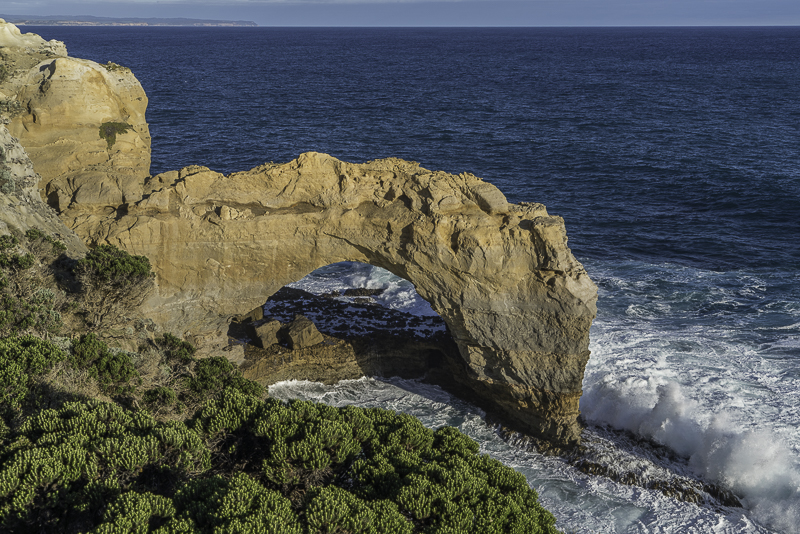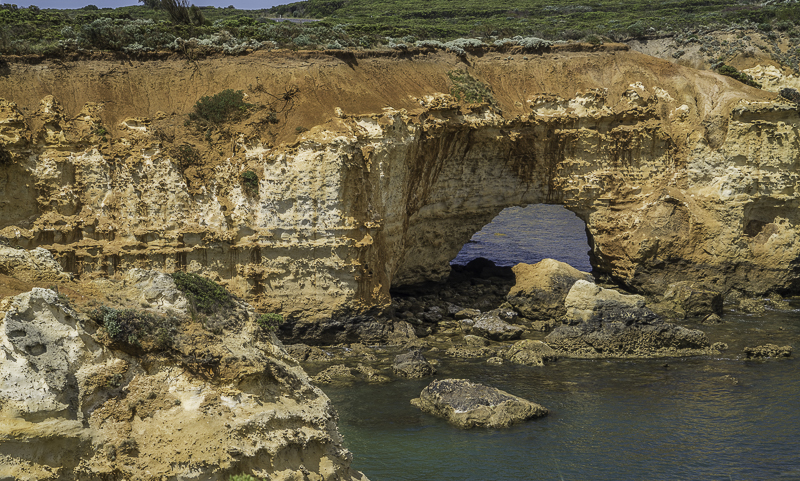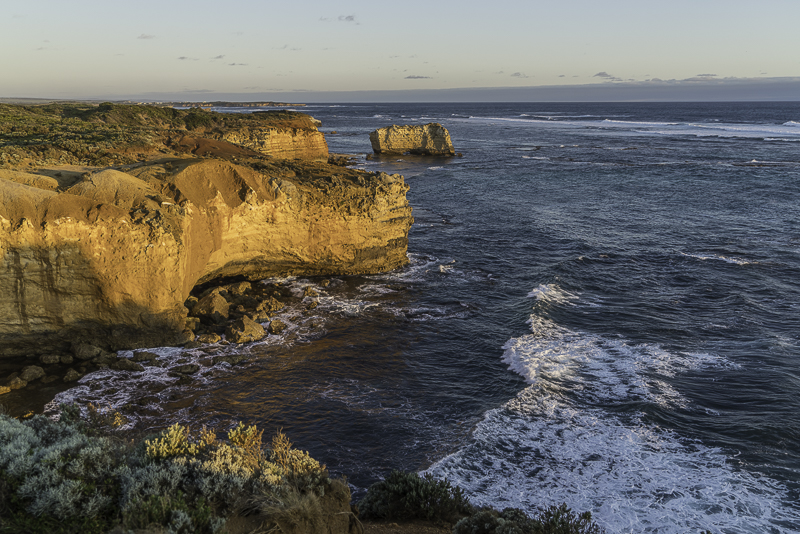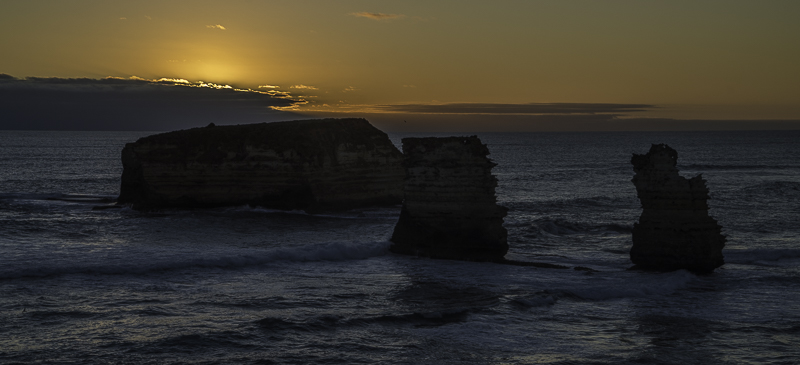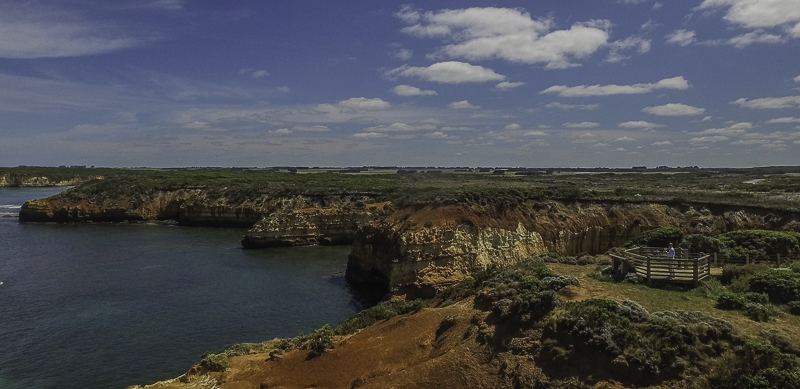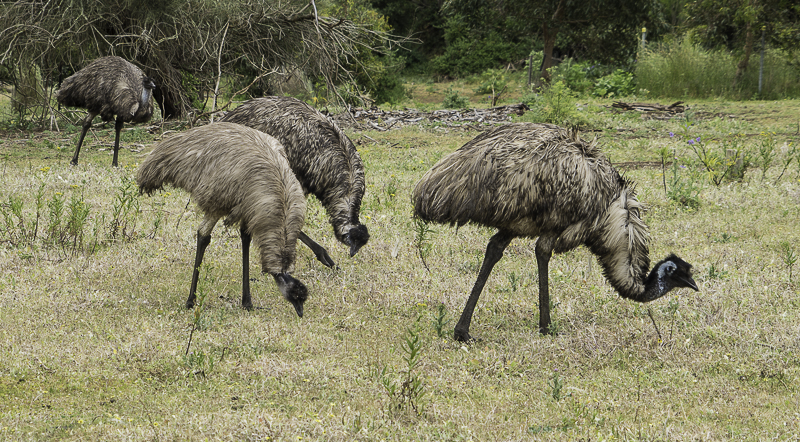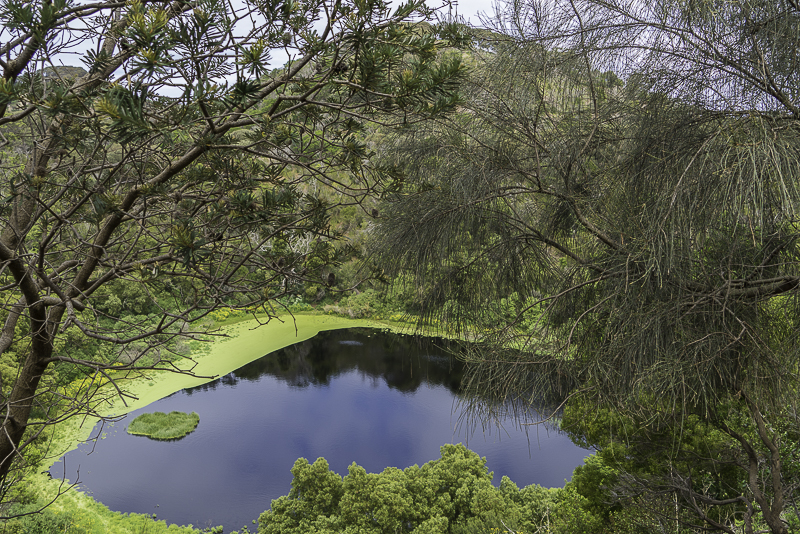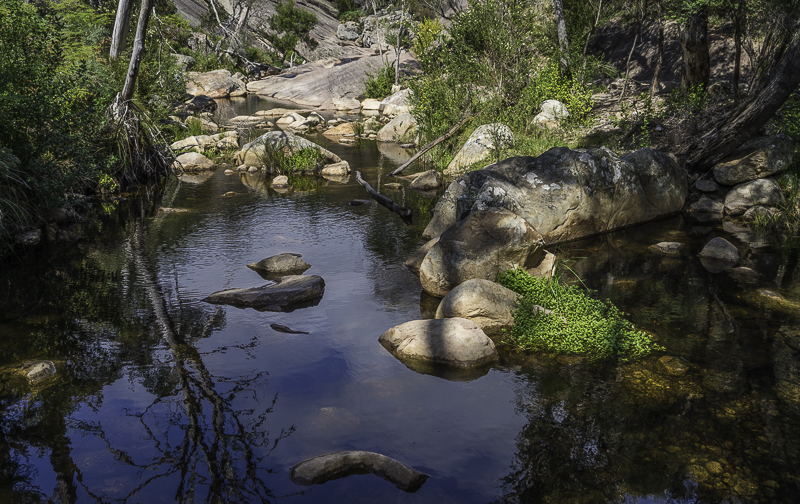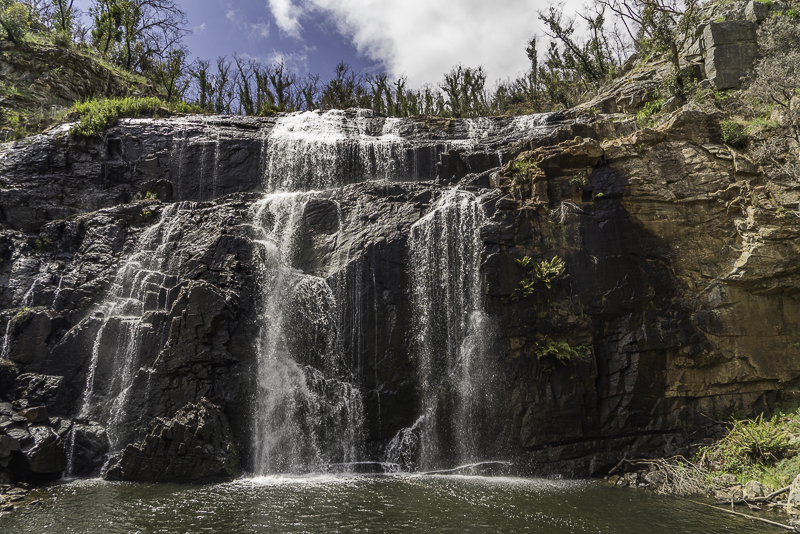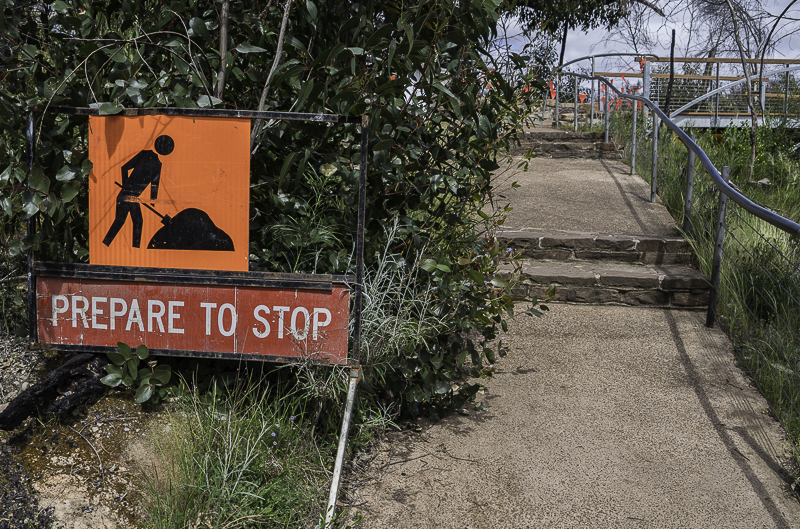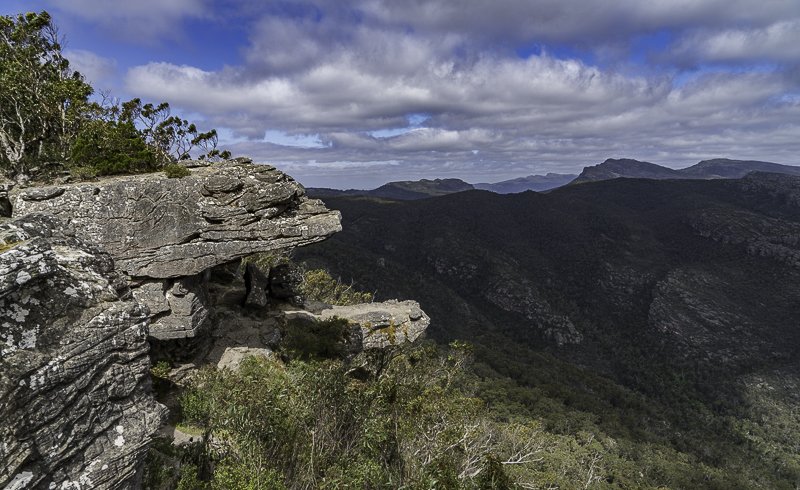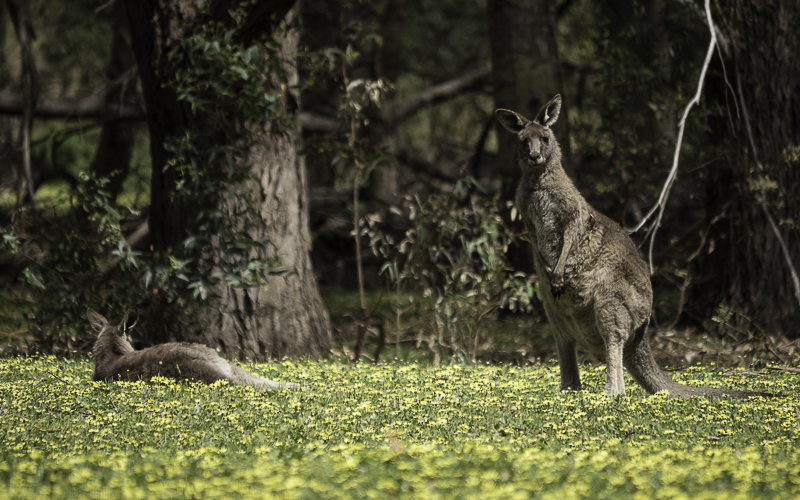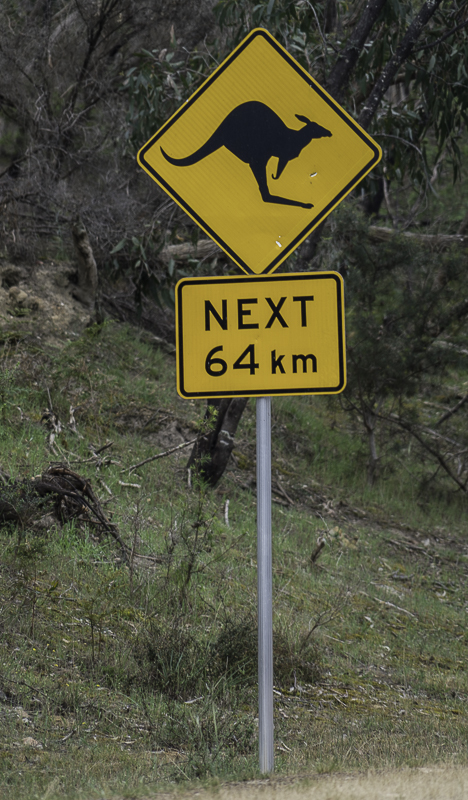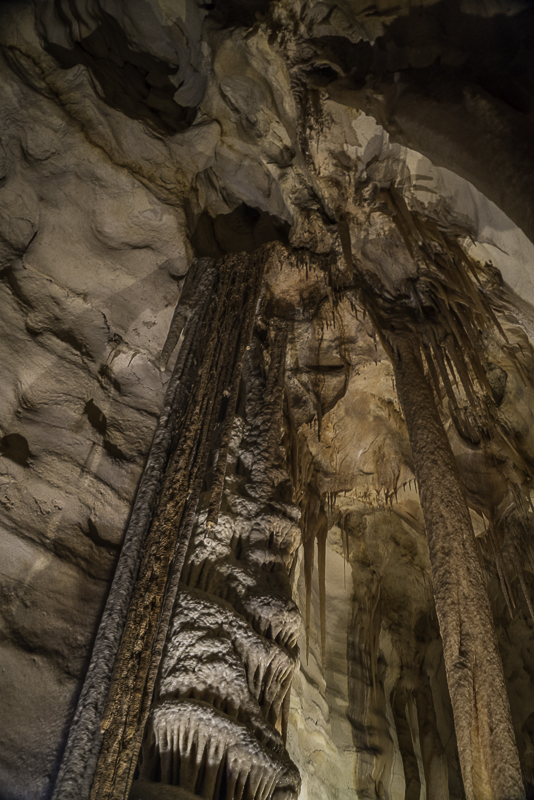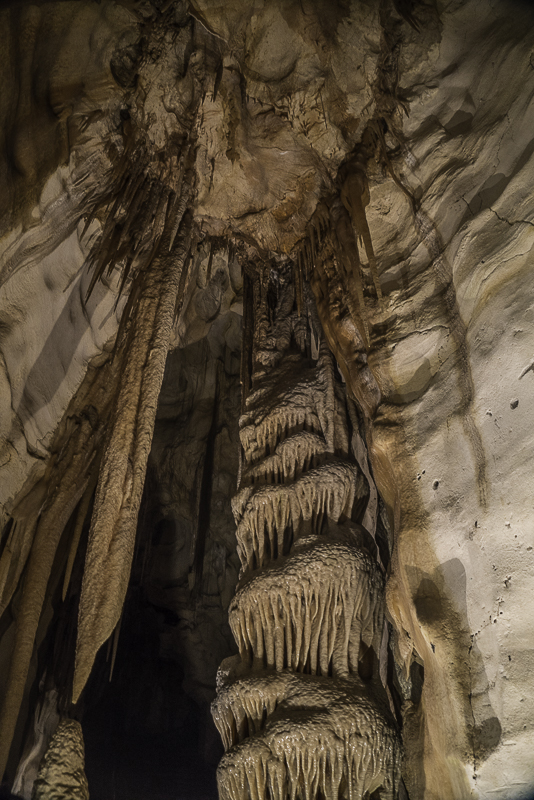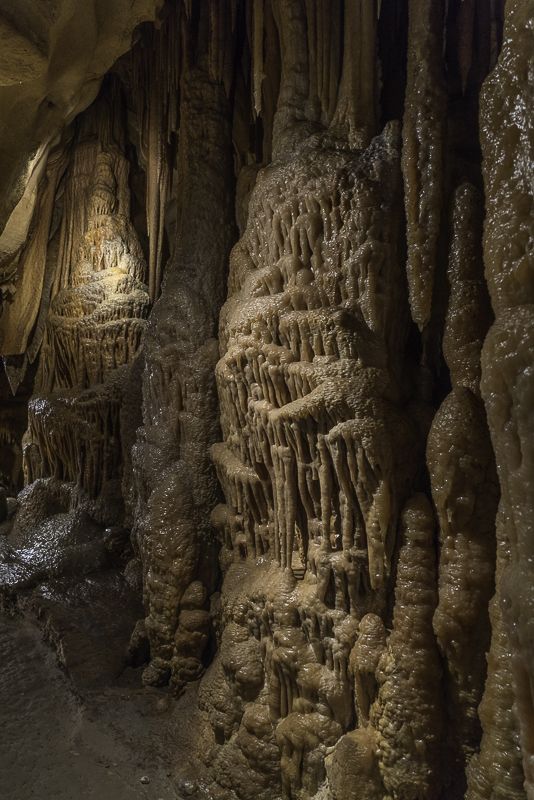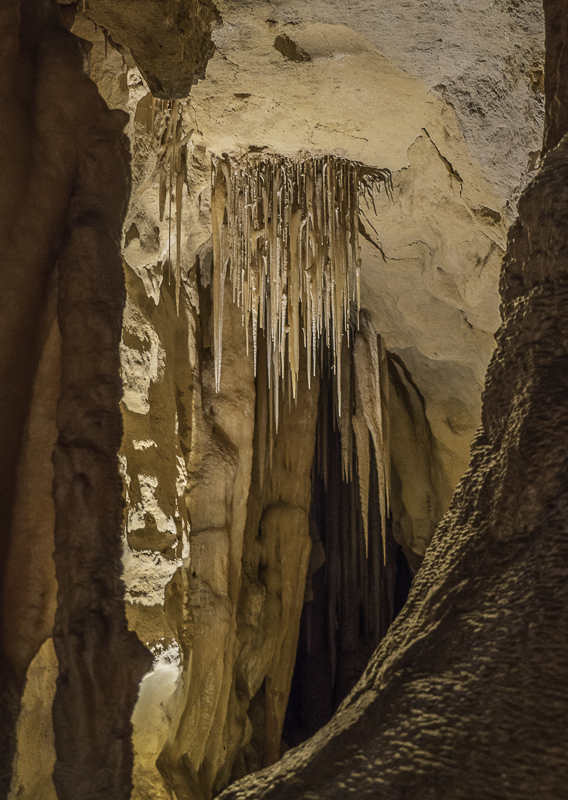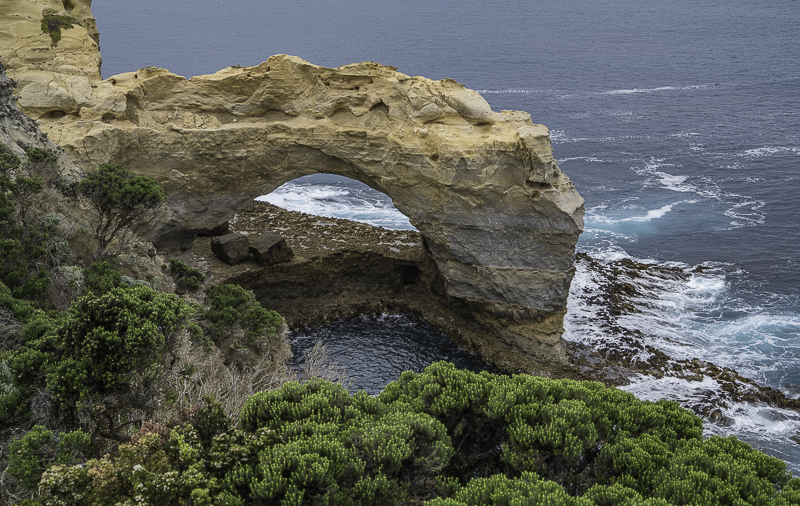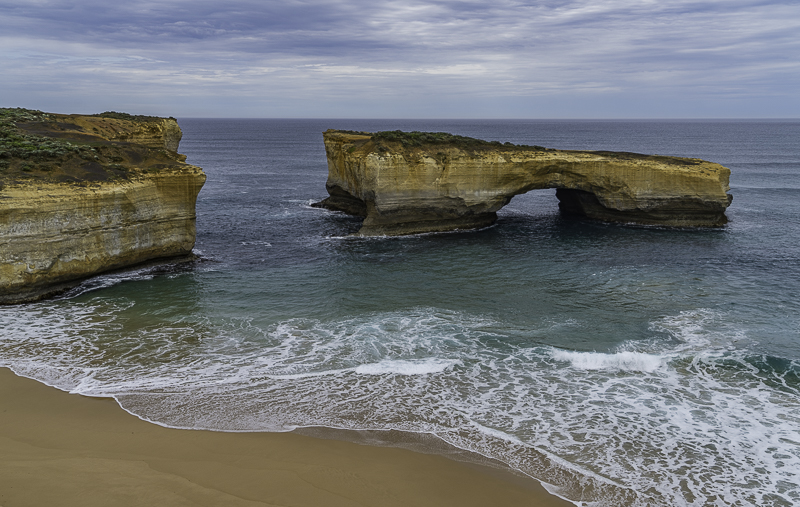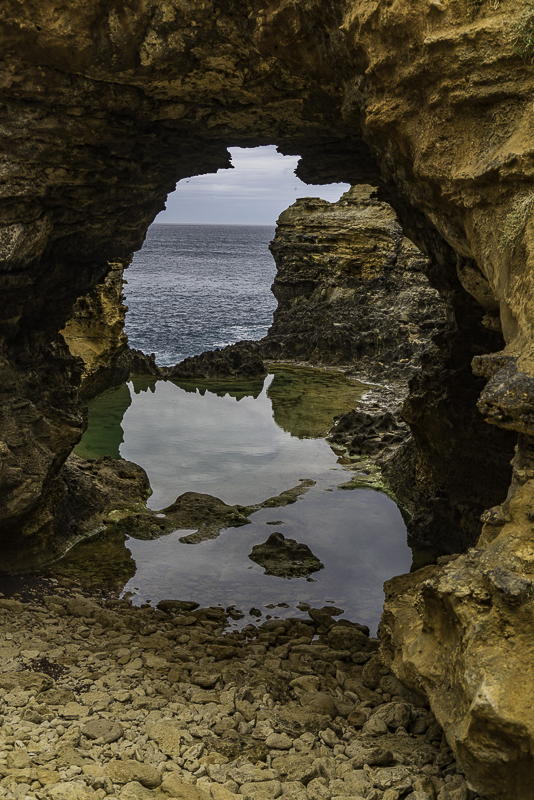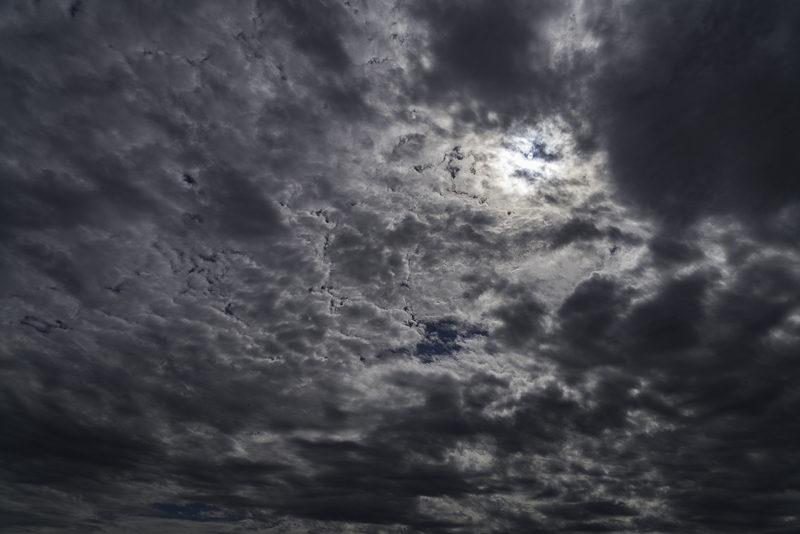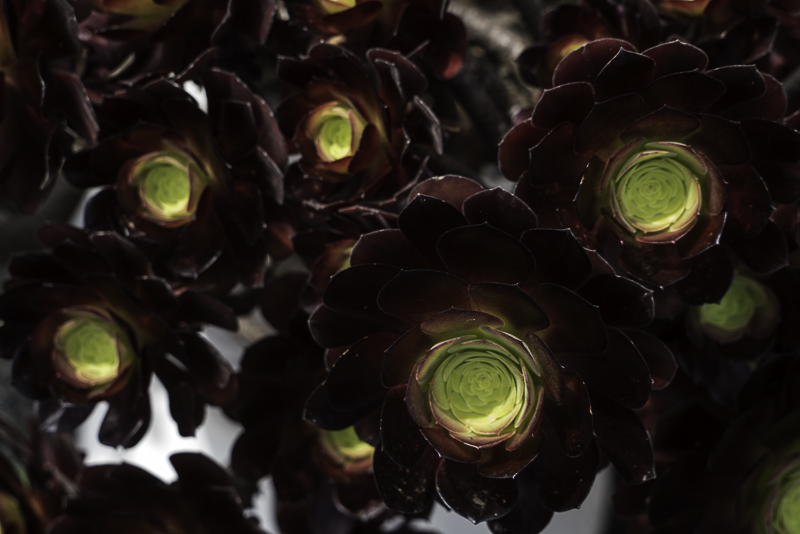I arrived in Melbourne late last night. It was 1:00 AM by the time I got my rental car and arrived at my hotel. It feels strange to go from a fairly large vehicle like the motorhome I was used to driving and get into a little compact car. It’s very responsive compared to the motorhome. I have to be careful when I use the brakes because they don’t require nearly as much physical effort as the motorhome did.
This morning, I started on my trip across the Great Ocean Road that traverses the Southeastern coast of Australia. MY goal for the day was a section of shear ocean cliffs with rocky “stacks” just offshore called the 12 Apostles. I was hoping to fly there, but that will be clearly impossible for two reasons. The first reason is that there is a small airport there that does scenic helicopter flights. It is not legal to fly near an airport, so that’s out. Even if I wished to fudge on that rule, the second reason it won’t work is that its crawling with tourists. There were hundreds of Chinese tourists in big tour groups flooding the place. I counted 16 tour buses there. I’m hopeful that I can find other similar dramatic coastal features that are not on the tourist route.
I did manage a little bit of wildlife shooting today. On my way out to see a lighthouse at Cape Otway, I saw four Koalas. Two adults and a mother with a baby. That was a nice surprise. I was hoping to find Koalas sometime while I’m here and figured that might be my most difficult goal. It’s nice to tick that one off the list the first day. I saw lots of sighs for Kangaroo Crossings, but so far, no Roos.
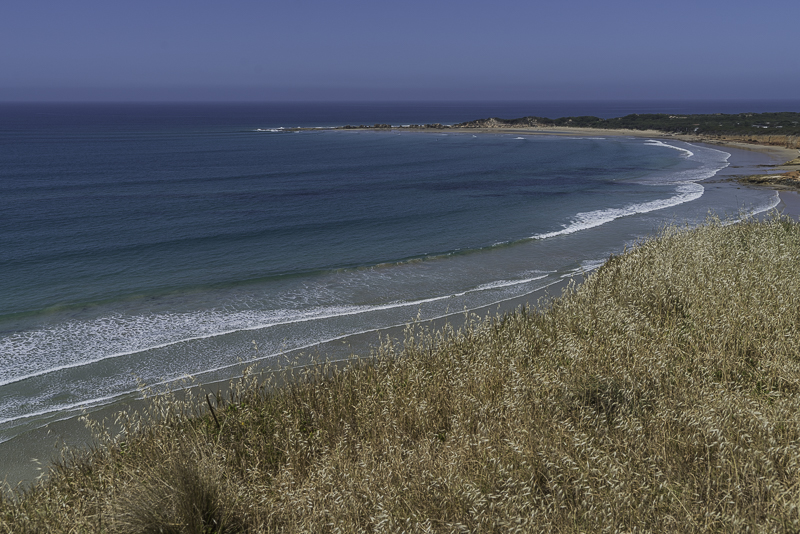
A view of the coast near the start of the Great Ocean Road.
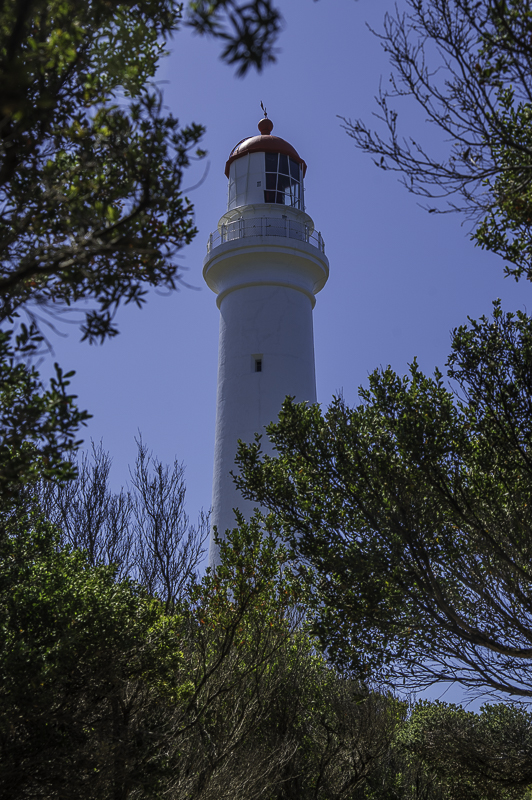
The lighthouse at Split Point.
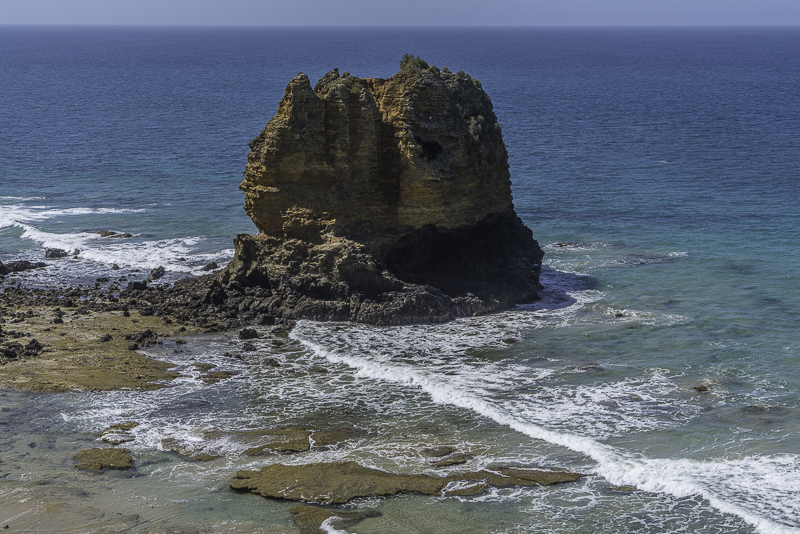
A “Stack” formation near Split Point.
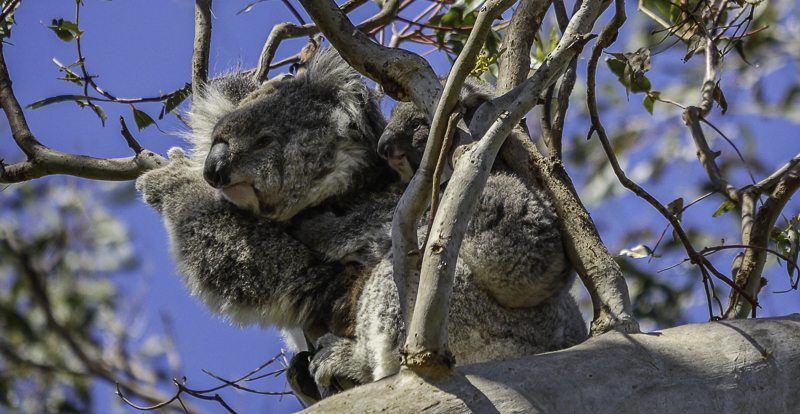
My first wild Koalas. This is a still frame from a 4K video scene.
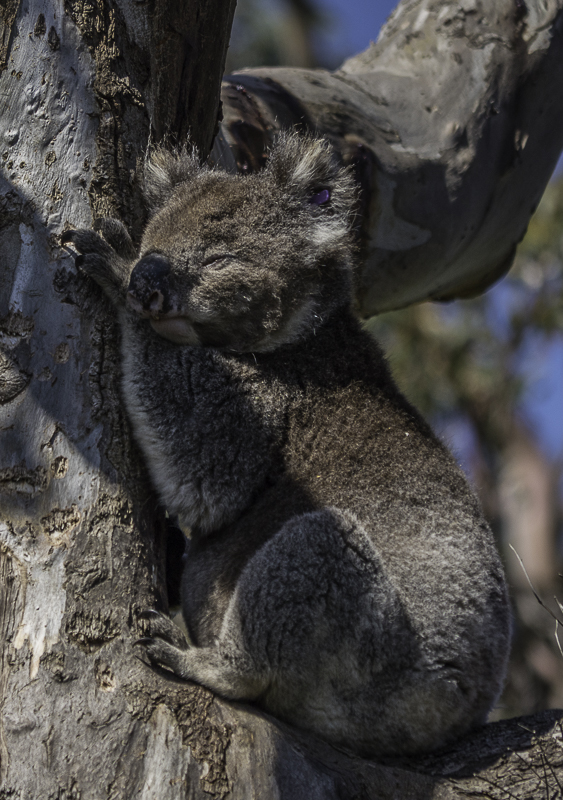
This guy was about 4 trees over from the first pair I saw.
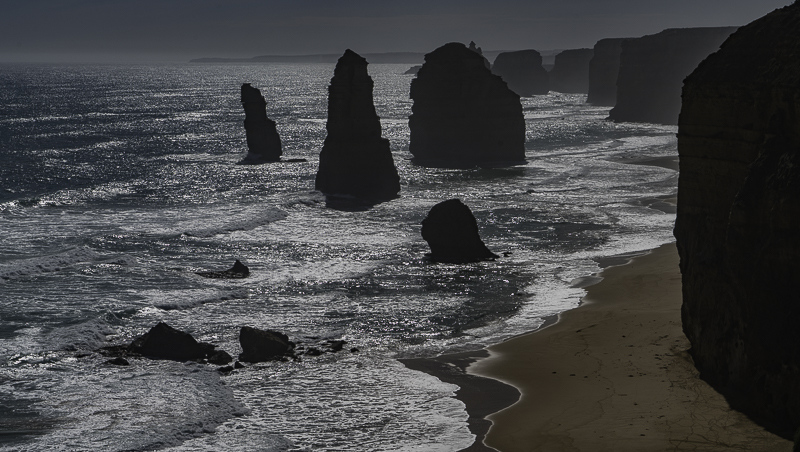
This is the 12 Apostles. To be perfectly honest, there aren’t really 12 of them, but I guess it sounds better.
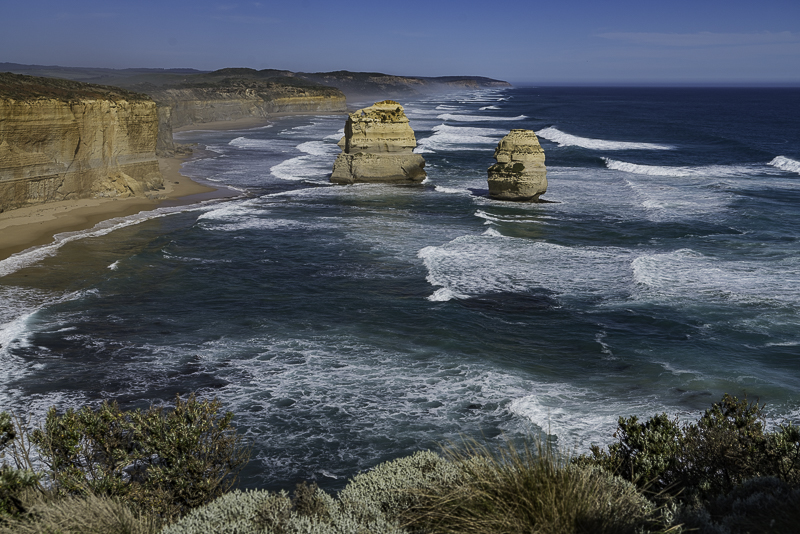
These two Stacks are in the opposite direction. They are called Gog and Magog.
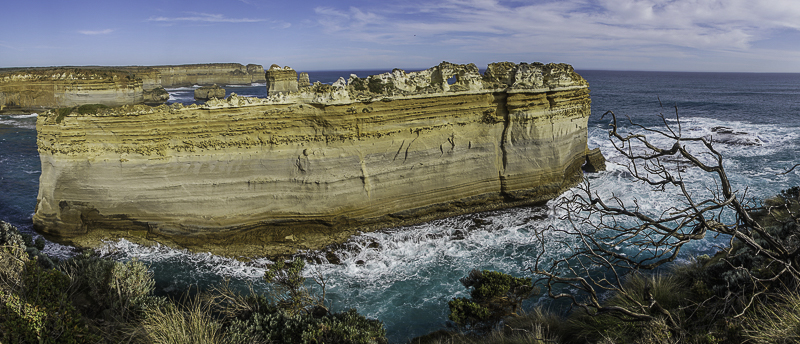
This is a panorama of the “Razorback” near Loch Ard Gorge, the site of a tragic 19th century shipwreck.
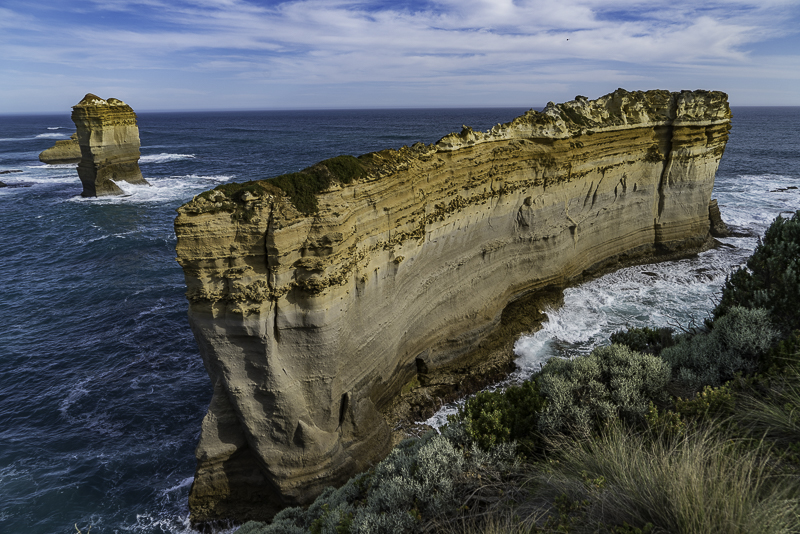
Another view of The Razorback.

An arch near Loch Ard Gorge in the late afternoon.
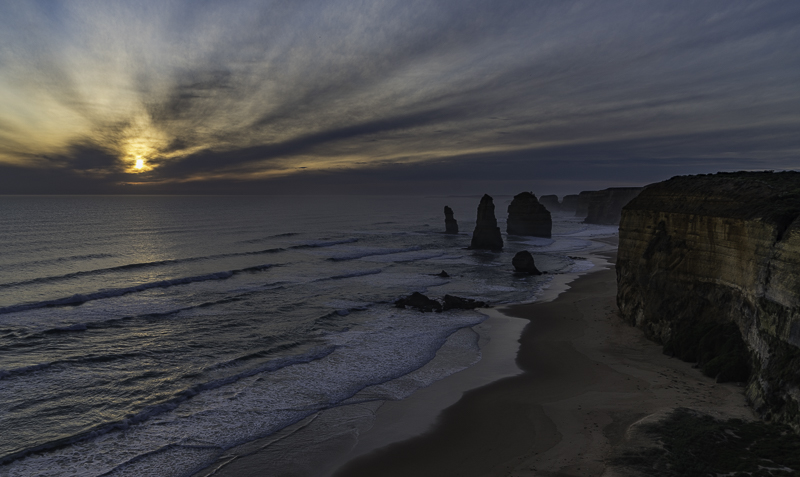
The 12 Apostles just before sunset.
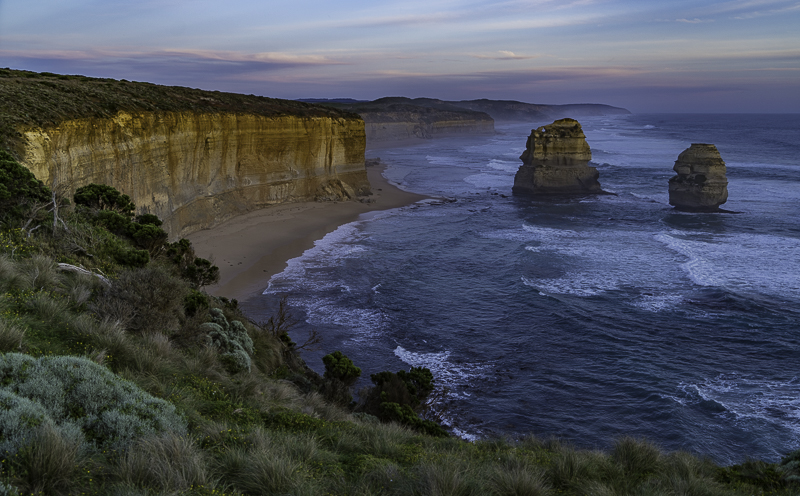
Gog and Magog catching the last pastel rays of sun.
